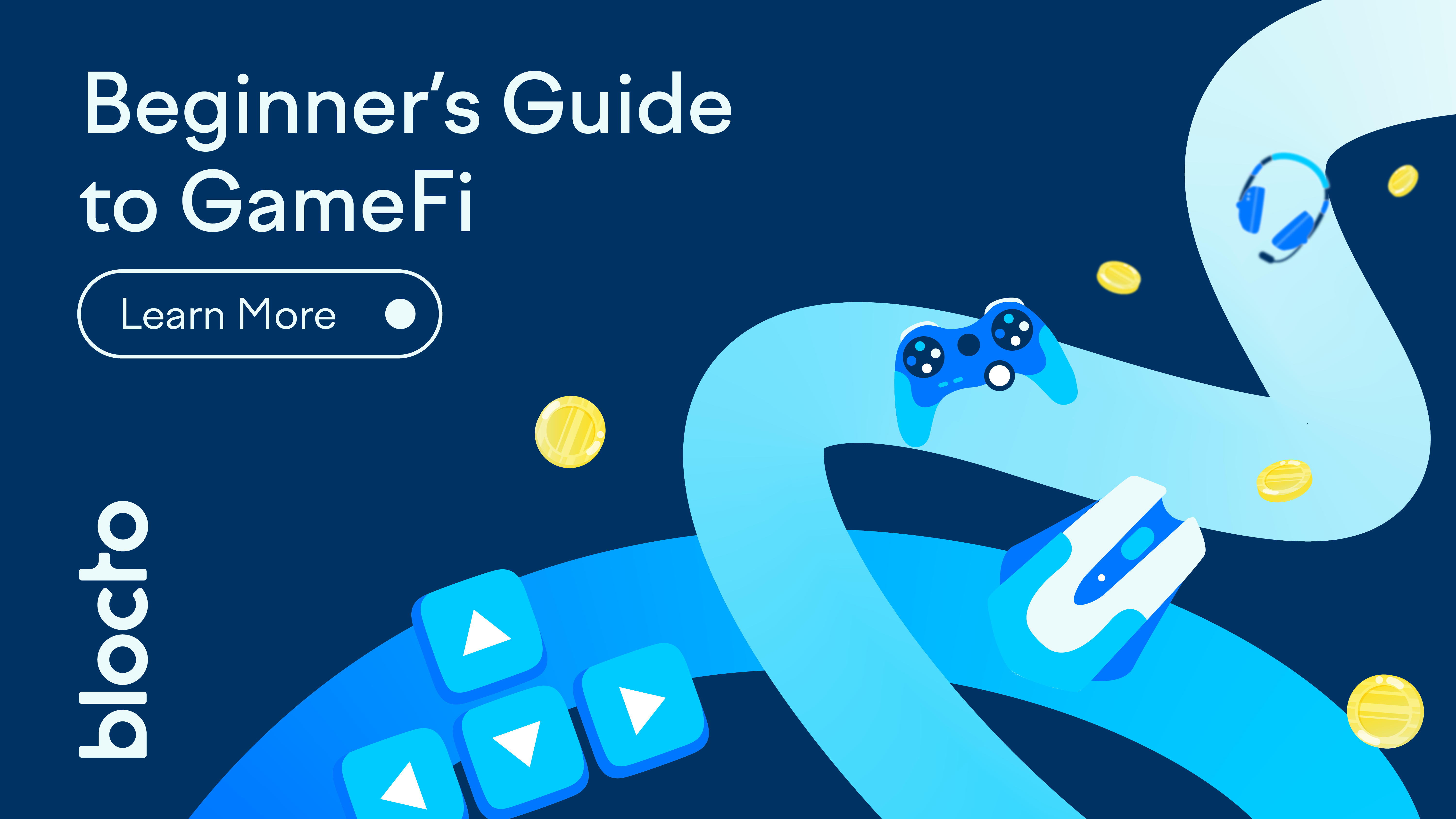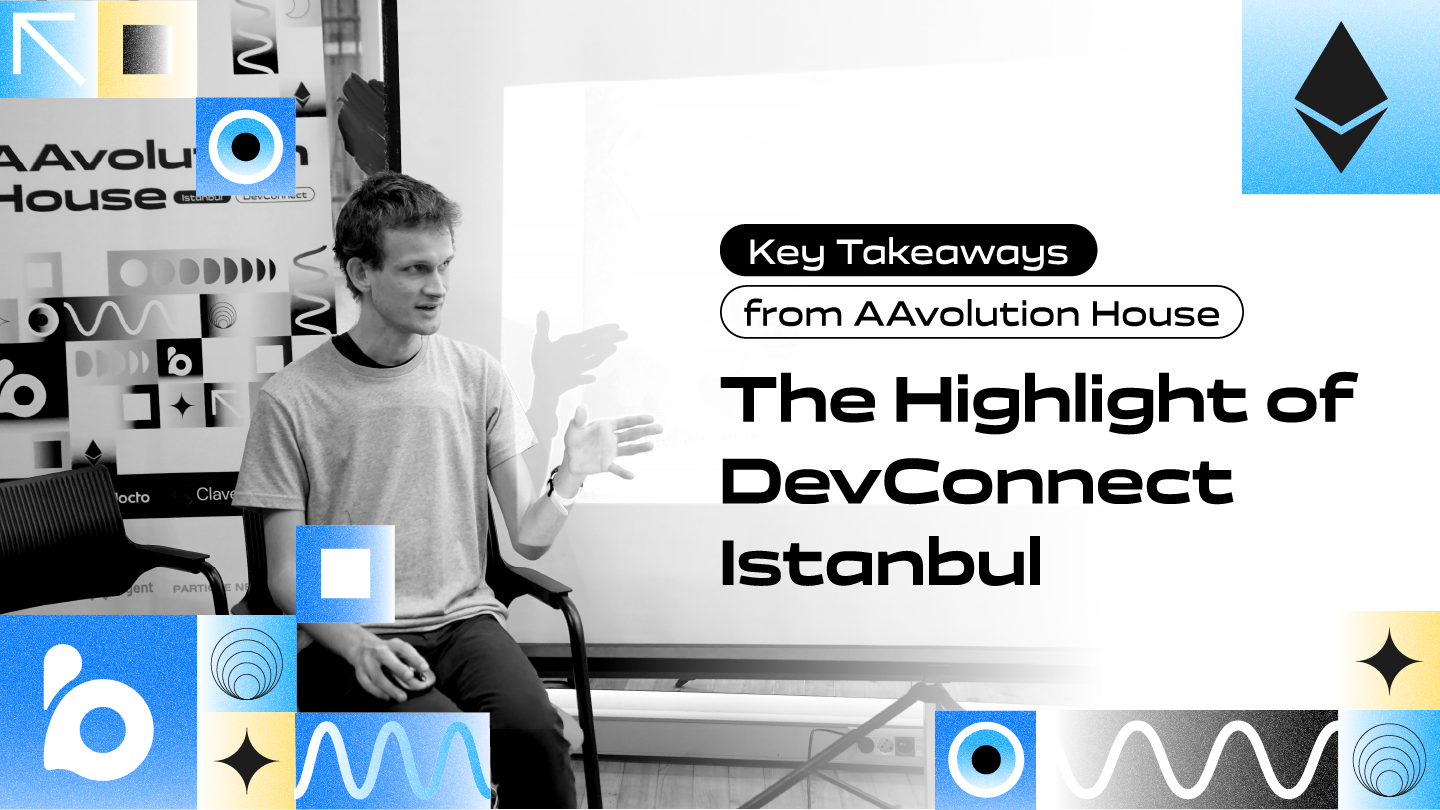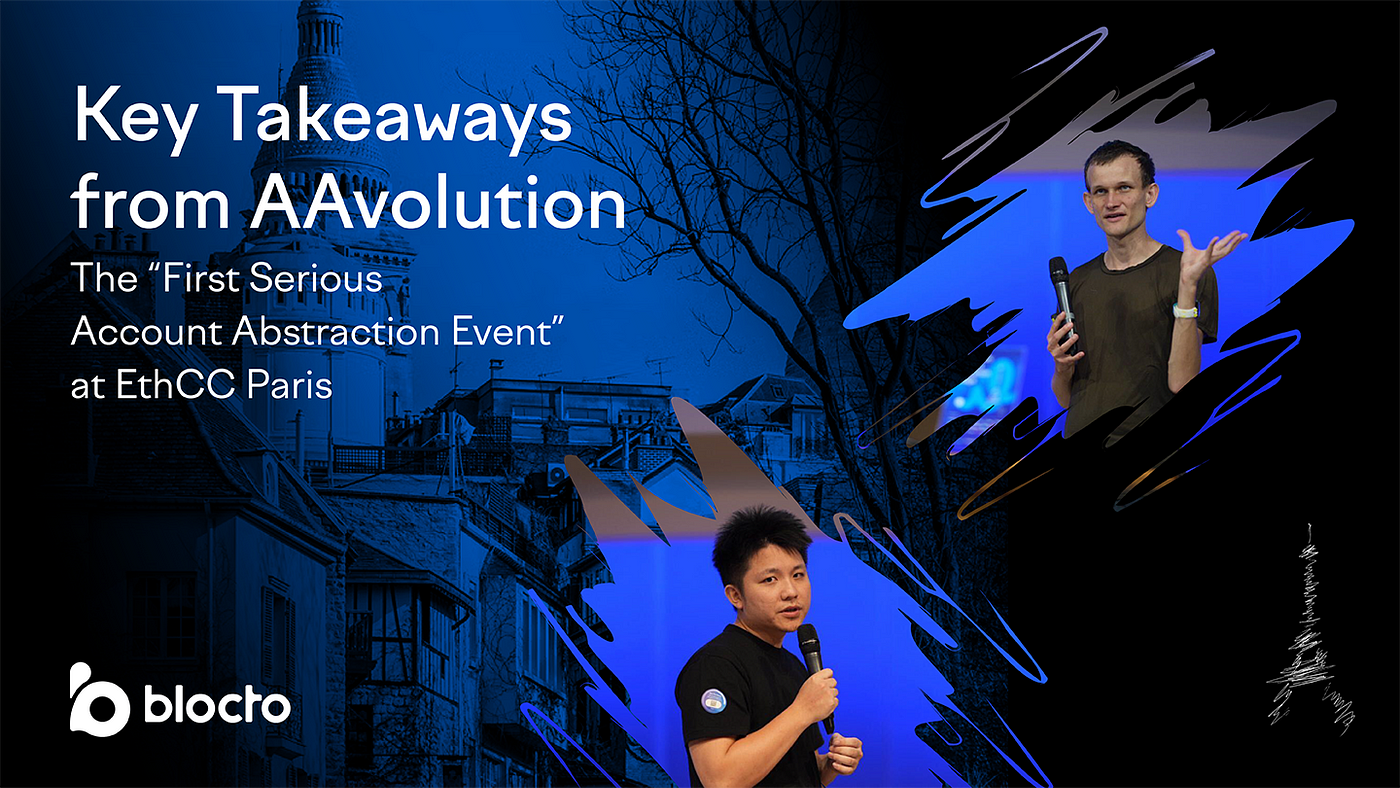
GameFi has come to the forefront of the crypto sector recently, and blockchain gaming is poised to disrupt the gaming industry by offering a fundamentally revamped solution. Titles like Axie Infinity have managed to become mainstream with over $1B in asset sales, and the potential in this sector is already starting to attract conventional publishers like Ubisoft.
Today, we’ll explore the fundamentals of GameFi and cover the key elements that are creating this new ecosystem.
How Does GameFi Work?
At its core, GameFi focuses on the financialization of games, allowing gamers to monetize their gaming experiences through cryptocurrencies and NFTs.
In the decentralized ecosystem, creators have the liberty to design engaging experiences based on unique financial models. The value generated from in-game assets and tokens is distributed through the ecosystem based on the defined economic model, called tokenomics.
One of the models gaining widespread adoption is the Play-to-Earn (P2E) model. Games based on the P2E model allow gamers to earn in-game currencies in exchange for their playing progress. These tokens can then be exchanged for mainstream cryptocurrencies like Ether (ETH), Bitcoin (BTC), or stablecoins (USDT, USDC, BUSD). NFTs can also be used within the game to enable updates and introduce new experiences.
The P2E model allows GameFi projects to scale the number of gamers and increase the token supply side. Additionally, “in-game” marketplaces develop the demand side of the tokens (burning mechanisms). Markets like these sell items like weapons, vehicles, and props that are used within the gameplay.
The platform achieves a network effect when supply and demand for the gaming token scale sustainably. As a result of this self-reinforcing virtuous cycle, a functional GameFi ecosystem is created. The P2E model is the first Web3 economic model to have gained traction within GameFi.
Asset Ownership in GameFi
In today’s gaming ecosystem, gamers are starting to value the importance of owning their in-game assets—and digital ownership of gaming assets is creating new economic models. Projects have introduced NFT-based experiences for users. In CryptoKitties, for example, players have the ability to breed digital creatures to create a third. That creature can then be sold or leased through a marketplace.
Testing and tweaking are still being done to ensure the scalability and sustainability of these models. With GameFi platforms showing some success, new players are emerging as support systems for this ecosystem. Players in this ecosystem tend to focus on keeping the ecosystem running smoothly.
Web3 Games & dApp Functionality
Traditionally, video game players only enjoy their games for a short time, and spend a hefty amount of money on the games. In conventional games, in-built assets are valuable only during gameplay, and they disappear as soon as the game is concluded. Additionally, these games’ monetization models only benefit the developers. Contrary to this, Web3 gaming introduces blockchain and NFTs as new models that redefine the game’s value and facilitate ownership.
In the Web3 model, all players have access to the gaming space, regardless of their financial status or location. A new monetization model is free-to-play, play-to-earn, and now play-and-earn, which is an alternative to paying a subscription. With these models, players are able to have fun and earn tokens while playing. Aside from passive income, players can also earn financial rewards for their efforts. Using this new method, game owners can create in-game marketplaces and sell in-game goods.
Considering that Web3 players own their games, they can trade or sell them as they please. The blockchain ecosystem offers these benefits primarily due decentralization, which also enhances security for players. In Web3 gaming, NFTs introduce proof-of-ownership, which means players can exercise actual ownership of in-game assets as NFTs. Players can earn profits without losing their assets by moving their games outside the original market through interoperability.
The potential of Web3 in gaming remains largely untapped, but will only become more apparent with time. It’s predicted that more owners and players will embrace Web3 gaming as the value and monetization models become clearer.
Popular GameFi Projects
In recent years, several GameFI games have gained a lot of attention as the cryptoverse has boomed. Below are some of the best-known GameFi projects for you to get started.
Axie Infinity
This video game uses the Ethereum-based currencies AXS and SLP, developed by the Vietnamese company Sky Mavis. The game allows players to collect, breed, and trade Axies—digitized axolotl-based characters. The more rare and more powerful an Axie is, the more expensive it is to obtain. Early in the development of Axie Infinity, players could earn more from the game than they could from their daily jobs. In recent years however, profits have decreased because of the increasing number of players and the advent of SLPs in the market rather than being used in-game.
Decentraland
An NFT is a region or object on a virtual globe within the virtual world of Decentraland. These NFTs are rented, bought, and sold by players based on a variety of factors.
CryptoBlades
CryptoBlades is a play-to-earn NFT RPG game available on the BSC, Heco, Polygon, OEC, and Avalanche networks. Players begin CryptoBlades by customizing their first character in a plaza. Characters are assigned elements at random. A small amount of BNB gas can be used to fight an enemy by the main player. After the fight ends, the result is added to the blockchain. As a reward for winning a round, players receive skill and experience points for their characters.
Start gaming with Blocto Wallet
Get started on your GameFi journey with Blocto Wallet! Safely create an account in just a few seconds and begin exploring the possibilities of Web3 gaming. Trade crypto and easily display your NFTs all in one place! The future of gaming is in your hands with Blocto Wallet, so download now.

